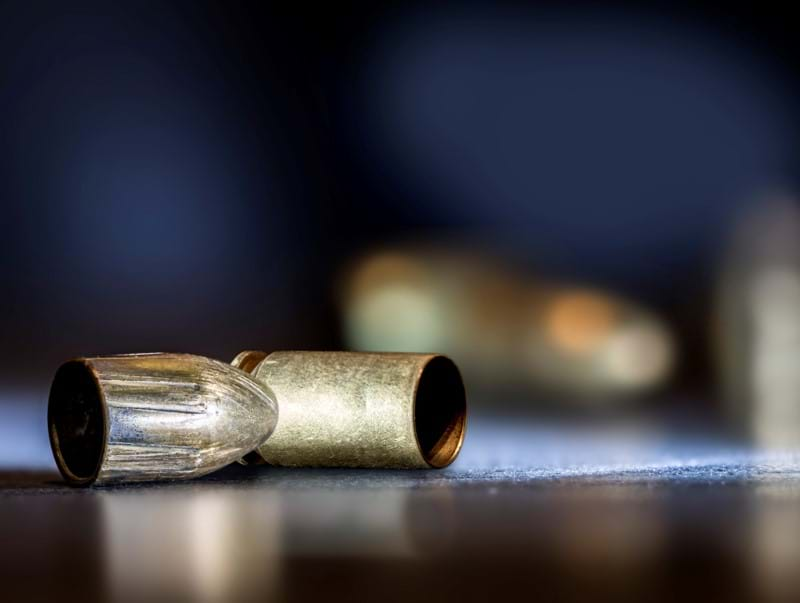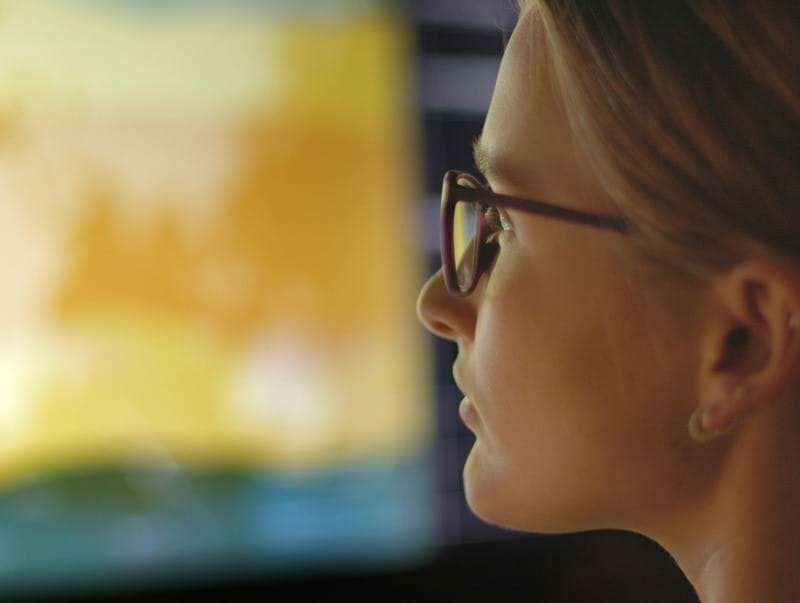“What is the chance that another firearm could have fired that bullet?”
Firearm examiners have done their best to provide the courts with an answer to this question with varying levels of success. Depending on how well the answer was articulated and the depth of the concern of the court, examiners have been permitted to testify with respect to certainty ranging from “ballistic certainty” to “more likely than not”. I remember being asked in court what the term “ballistic certainty” meant. I answered that the best person to ask would be the judge who coined the phrase because it was a legal phrase, not one developed by the profession.
Well-known firearm expert and author Major General Julian Hatcher recognized that the issue of identification was inherently probabilistic in nature because not every firearm that could have fired a bullet could be test fired and compared. Given the concerns expressed in various reports related to different forensic disciplines, including the firearm and toolmark discipline, the courts have become increasingly insistent on being provided with a more scientific foundation for the common source determinations presented before them. The Quantum 3D Microscope provides the most comprehensive answer to “What is the chance that another firearm could have fired that bullet?”, and will go far in alleviating the courts’ concerns.
The RBL Method was discussed in my first blog in this series and, as mentioned, it uses the Pattern Matching Score and the Line Counting Score to assess the overall similarity of two compared bullets. Ultimately, a false match rate (FMR) can be derived for a given similarity score, thus providing the courts with a simple answer to a very legitimate concern. The FMR for a given similarity score represents the probability that two bullets that were not fired from the same firearm would generate a higher score.
You may be wondering why the FMR is used instead of the likelihood ratio (LR). Well, a reliable LR requires the evaluation of a significant number of known match and known non-match combinations. However, an FMR can be determined from just the known non-match combinations (of which there are far more than known match combinations).
But it does not stop there! A stronger foundation for the FMR can be developed, community-wide, by laboratories who use the Quantum 3D Microscope. In the previous blog, I discussed a laboratory collecting 13,000 known non-match data points during the normal course of performing casework. Validation studies from 10 to 20 laboratories sharing data can quickly accumulate data points to expand the scientific basis of firearm identification and strengthen the interpretation of the RBL Method.
The third prong of Daubert demands an error rate and the courts are becoming increasingly insistent on having it provided. Examiners have known for a long time that common source determinations that exclude all other firearms are not scientifically defendable. And while we recognize that a false match rate was likely low, we could never define how low. Until now. When asked “What is the chance that another firearm could have fired that bullet?”, we can give the courts an answer that they not only seek but that they deserve. The scientifically defendable false match rate is that answer—one which can only increase the confidence courts will have in our work.






